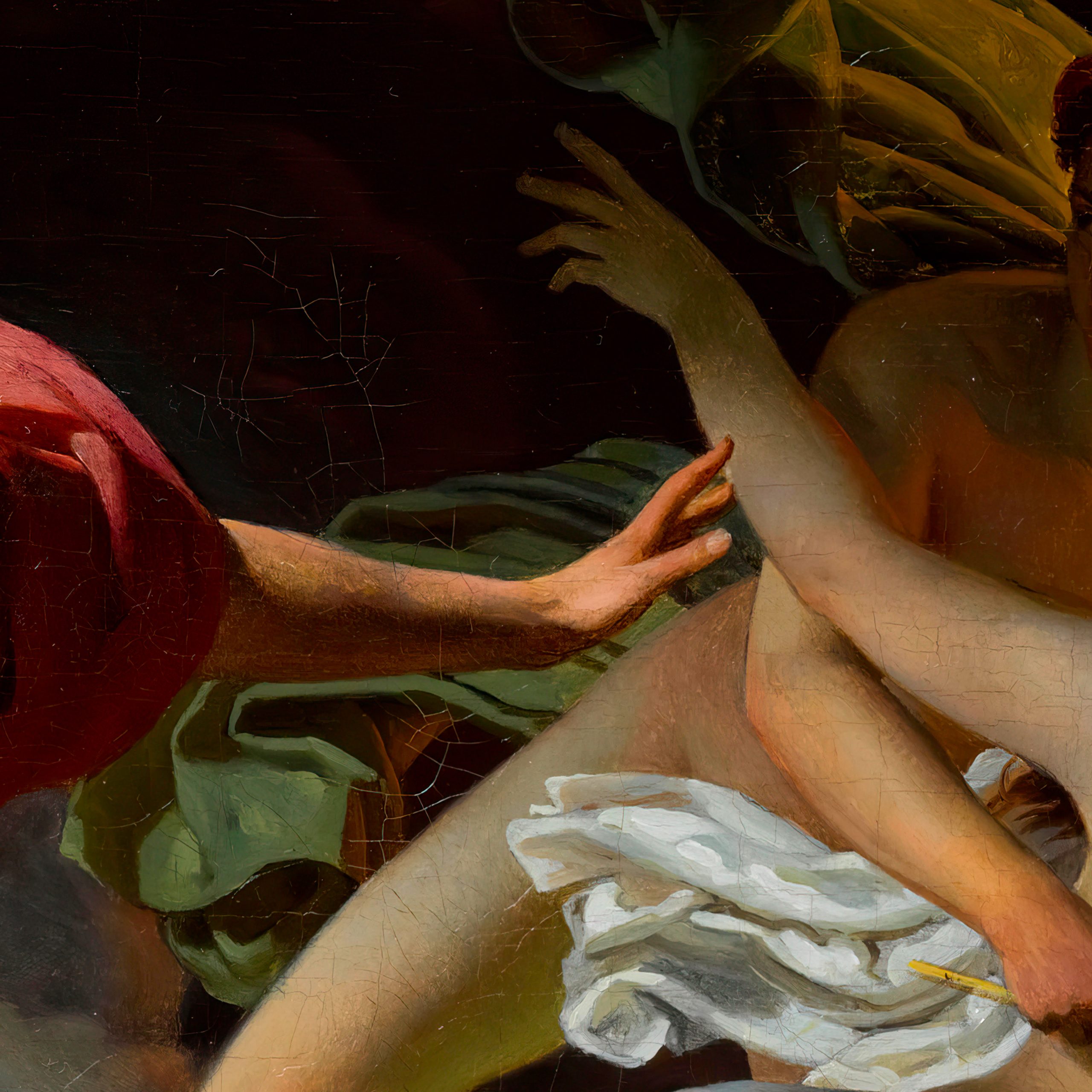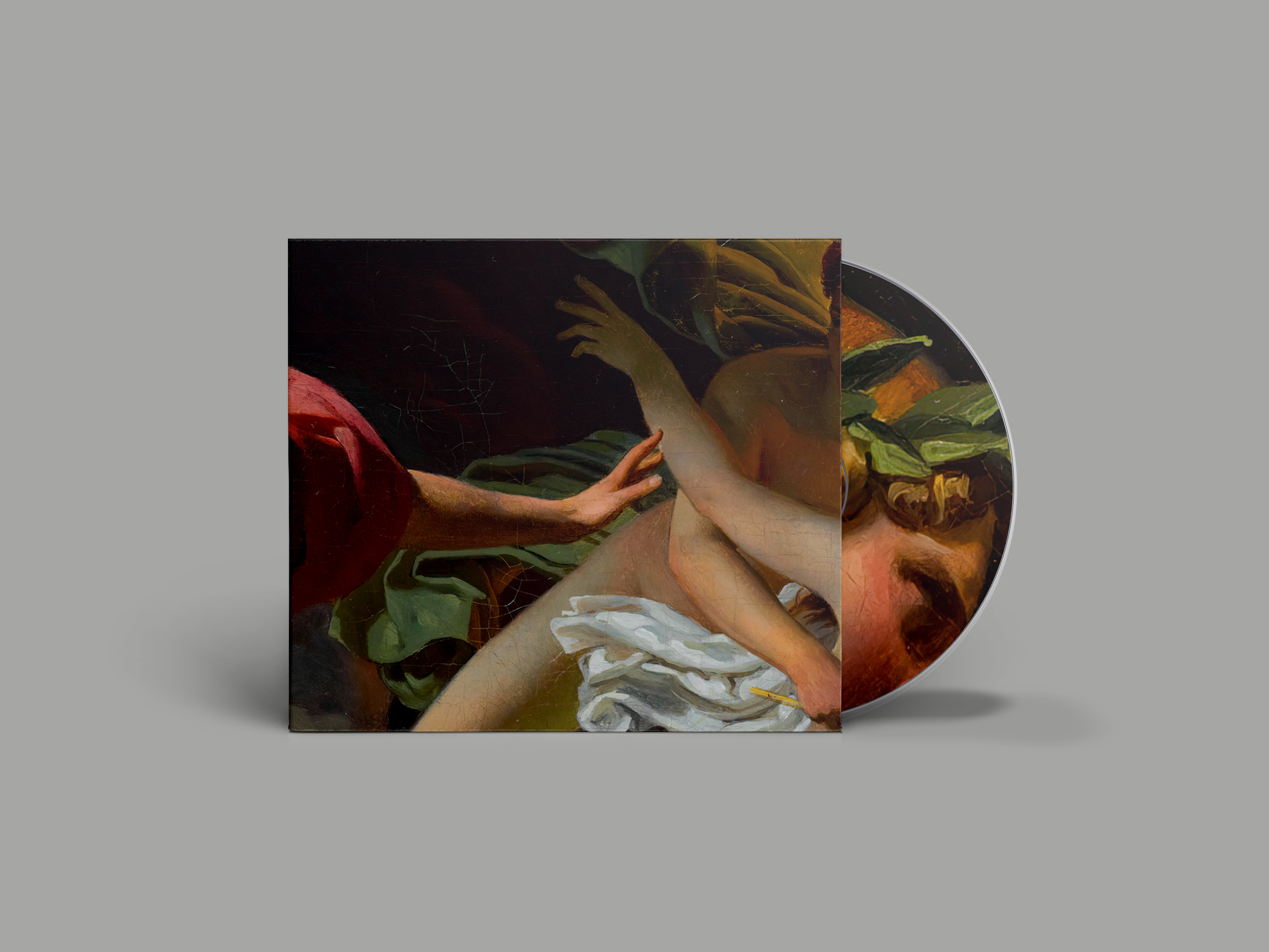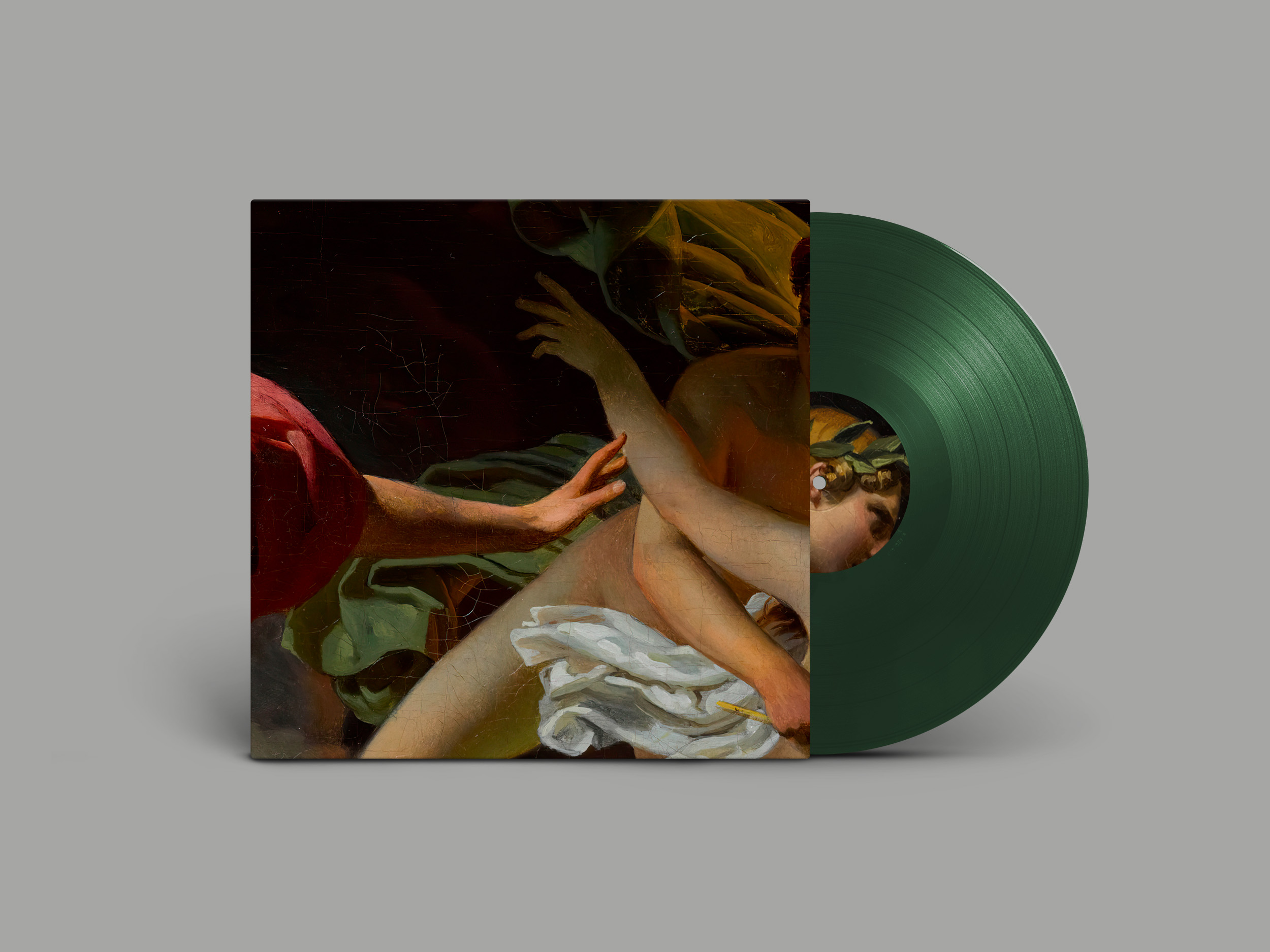The Undreamt-of Centre is the fourth solo album by prolific Australian drummer/composer/producer Laurence Pike, an evocative, contemporary reimagining of the requiem mass.
The album draws on the sounds of modern classical music, Japanese environmental ambient music, fourth world electronics, free jazz and the choral traditions of Estonia, with particular influence from Tallinn-based composer Tonu Korvits. Produced in collaboration with the VOX Sydney Philharmonia Choir, conducted by Pike’s childhood friend, composer Sam Lipman, the album was recorded in a 19th century Gothic church.
Laurence Pike on The Undreamt-of Centre:
I first had the thought of working with voices a number of years ago. I had the strange notion of making a requiem mass for drums, electronics and choir. It sat with me since then, until it felt the time was right to realise the idea.
Why a requiem? Initially I simply liked the idea of a structural format that had existed and been reimagined again and again over hundreds of years. Ultimately, it’s a ritual set to music. The processes and ecstatic outcomes of rituals, were something I had explored in making the Holy Spring album in 2019. I became interested in subverting the religious musical construct of a requiem into something far more contemporary, using language and sounds not readily associated with it. It also seemed a ready-made vehicle to explore the sound of a choir with my electro-acoustic drum kit performances.
It was the decline in health and death of my father-in-law in July 2021 which contextualised this idea for me, and I have dedicated the album to his memory. We were also in the midst of another lengthy covid lockdown period in Sydney. Time seemed to dissolve during these months; a very quiet, prolonged and sombre period in which I felt like I was witnessing the transition from life to death in slow motion. Between this and the pandemic, and the apparent environmental collapse of my home in Australia (as documented on my previous album Prophecy), it began to occur to me that all life is a constant transition of states, and that in many ways the work of the creative artist is to be aware of these patterns and adapt. To move with them, and within them, and if possible, provide context and evidence of the possibilities moving forward through the sharing of experiences.
I began to experience a greater awareness of the long-held conceit that humanity exists separately from the natural world. We are in fact part of nature. My father-in-law was a farmer and a builder – a salt-of-earth Australian bloke – who also had a deep love of the natural world. After his death, I was fascinated by the way my wife and I experienced his ongoing presence in the area where he lived. Whether it be the ocean, the bush or through the animals on the south coast of New South Wales, it was as if his essence had been returned into nature itself. I became increasingly aware that this transition of states was the eternal reality of our existence – the voice of the natural world simultaneously inhabiting the past, present and future.
Capturing this voice became integral in this new music; in part through the subtle use of field recordings, but also as a confirmation of the personal language of freedom I have been trying to develop in my playing and music over the last few years; a kind of expansion, or lingering of time.
I had begun searching for a narrative structure or text that I might set a choir to, while not adhering to the text of a Latin mass. I began reading the poems of Rainer Maria Rilke, in particular his ‘Sonnets to Orpheus’, inspired by the classical Greek myth of Orpheus.
Orpheus was the son of Apollo and was considered to be the greatest of all poets and musicians. His most famous myth involves the death of his beloved Eurydice, with Orpheus travelling to the underworld to make a plea to Hades to return her to life, which he grants on the condition that Orpheus can’t look back at her until they have returned to the realm of the living. As they reach the exit from the underworld and fearing he’d been tricked, Orpheus turns back to see her and she disappears forever.
There suddenly seemed to me to be a convergence of thought between this myth (its rumination on mortality, acceptance, the human soul and our inability to control universal forces), my recent experiences, and the idea of a requiem – a musical ritual to mark the transition from life to death and beyond.
FORMATS
CD
Limited edition CD (500 copies) – BAY 135CD
Vinyl
Limited edition Forest Green vinyl gatefold (700 copies) – BAY 135VX
Digital
BAY 135E



